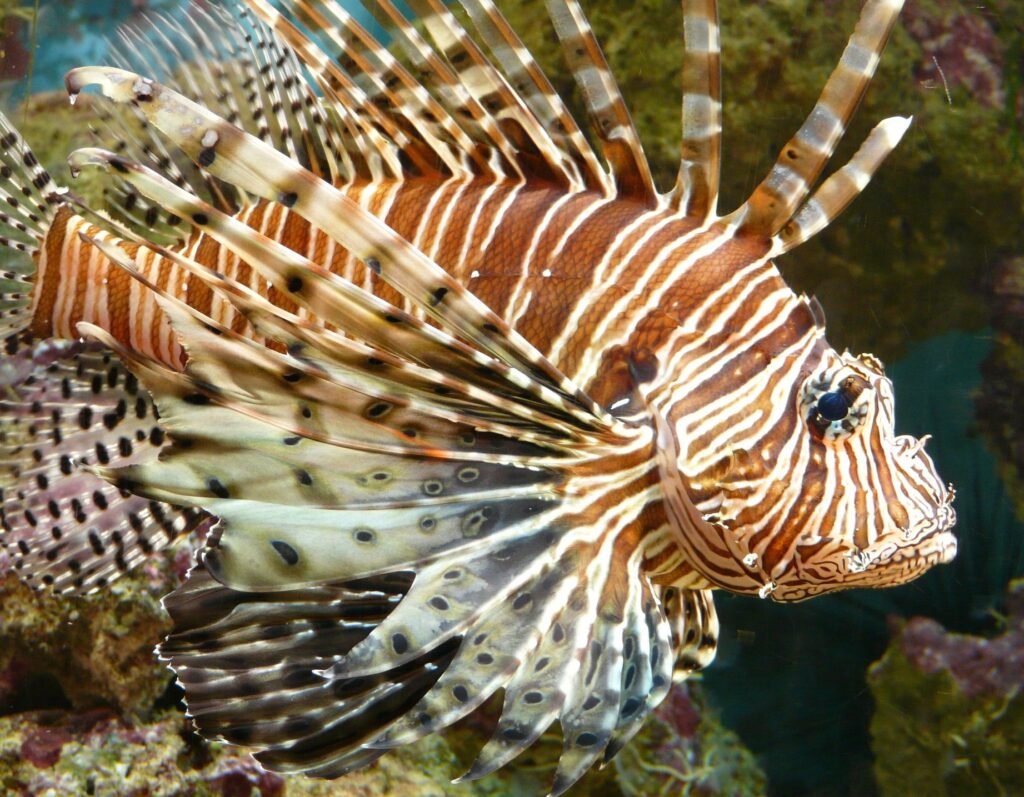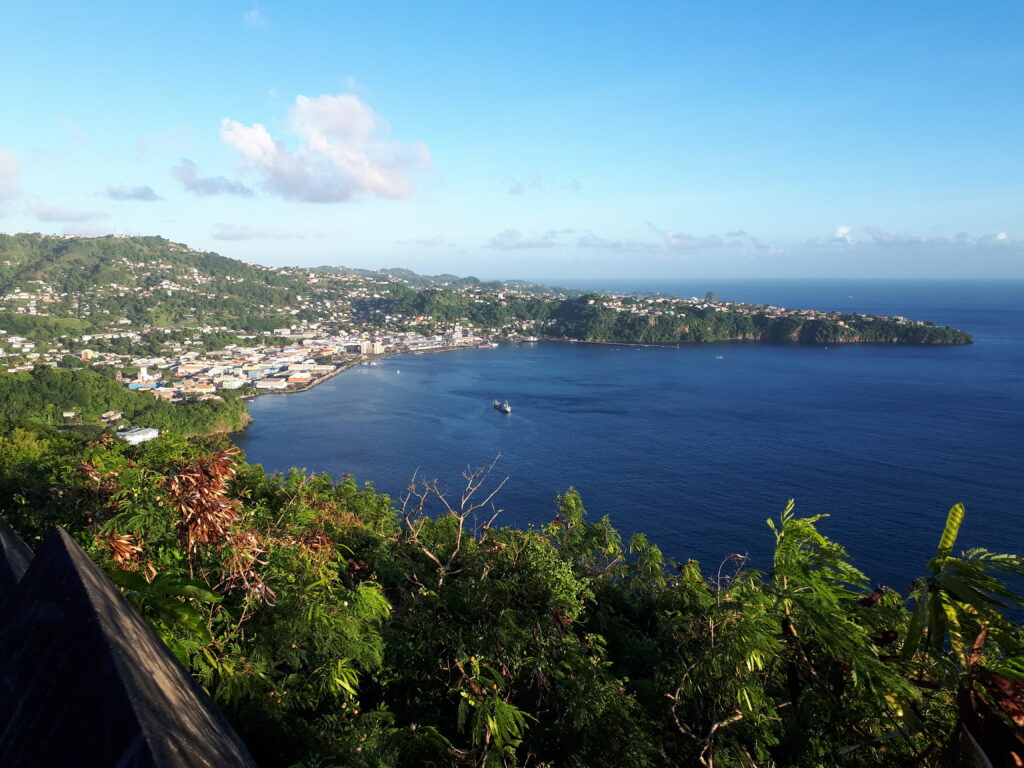The lionfish was the first invasive marine fish to become established in the waters off Florida . There has been much speculation as to whether the species was accidentally or deliberately released, by whom and when. There is a report that just 6 individuals were released into Biscayne Bay during hurricane Andrew in 1992 and this is often referred to as the initial introduction- but what has happened in the quarter century since the species started being reported in the area?
In the case of lionfish their success at establishing in the region has resulted in their expansion all the way down through the Caribbean, now reaching as far as Grenada over 2500km away and even onwards to the northern coast of South America.
The lionfish has several characteristics that have assisted their invasion including venomous spines, rapid growth, few natural predators, and their ability to live in a variety of coastal habitats including coral reefs and mangroves. They are excellent and wide-ranging hunters with reports that they consume over 50 other species in the region.

They are having a negative affect on regional habitats such as reefs and fishing stocks both of which can have a major economic impact on the region. It is reported that the lionfish have reduced the abundance of small native fish by up to 95% on some coral reefs, through their voracious appetites.
Cefas were recently involved in a 2 year project via the Commonwealth Marine Economies (CME) Programme to assist government teams in both Grenada and St Vincent and the Grenadines in developing methods to more effectively manage the risk of introductions into the marine environment.

The project looked at likely pathways of arrival in the region as well as the invasive species already present or most likely to arrive via the pathways identified. We also developed a toolkit the government and site operators could use to implement risk reduction at likely points of entry such as marinas and ports as well as the creation of monitoring, control and eradication programmes.
Invasive Species Week is coming to an end, but we hope you have learned more about how species may be introduced to an environment and what can happen to an ecosystem as they establish and impact it. To help protect native ecosystems and species, remember to Check Clean Dry you kit and to rehome rather than release any pets.
For more information on invasive species and what you can do, see the GB Non-Native Species Secretariat website.